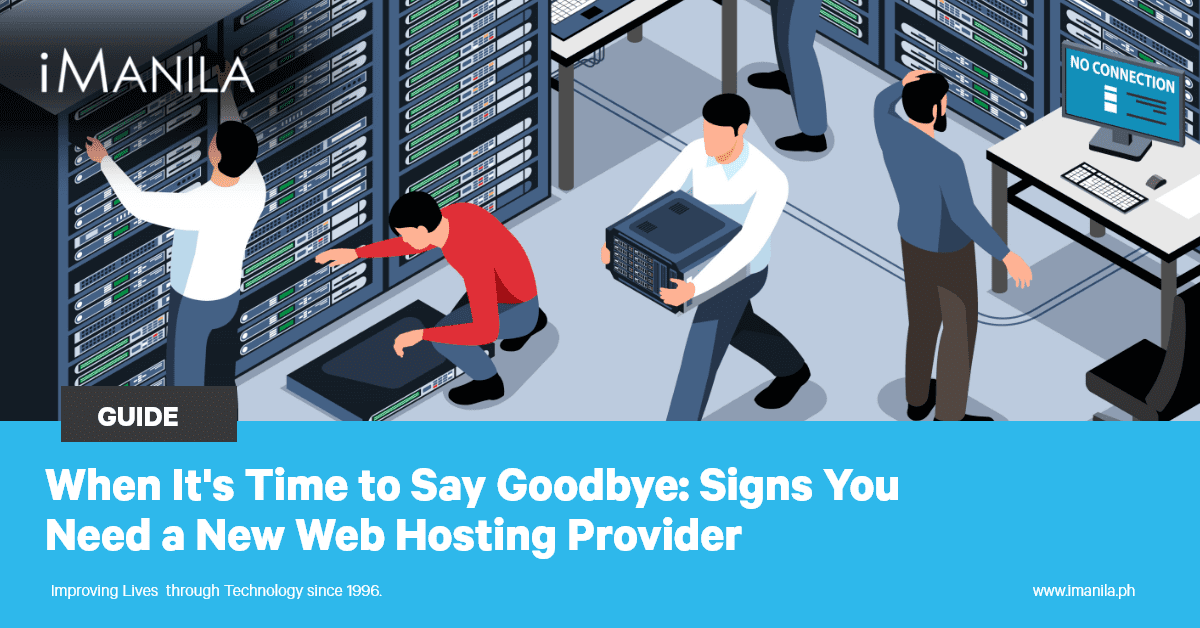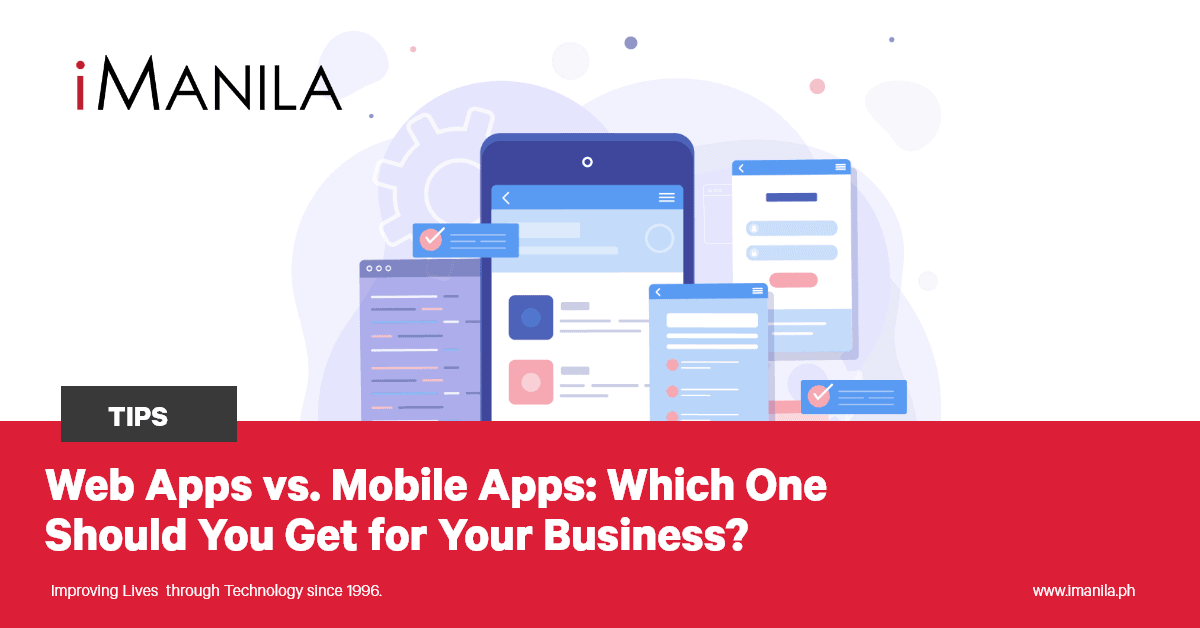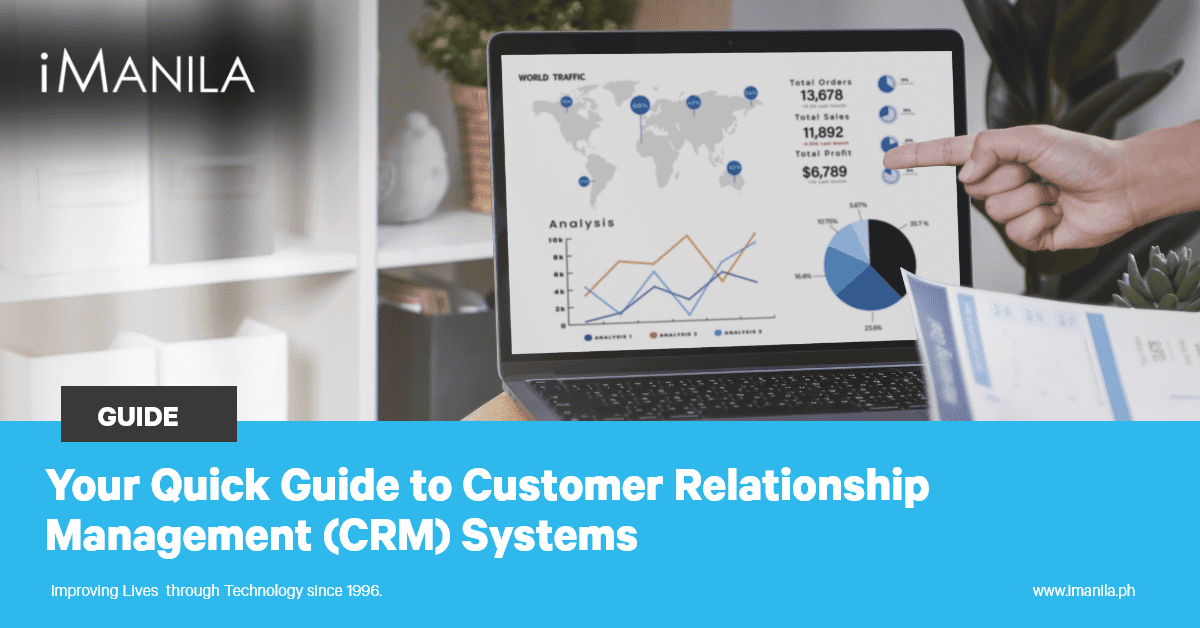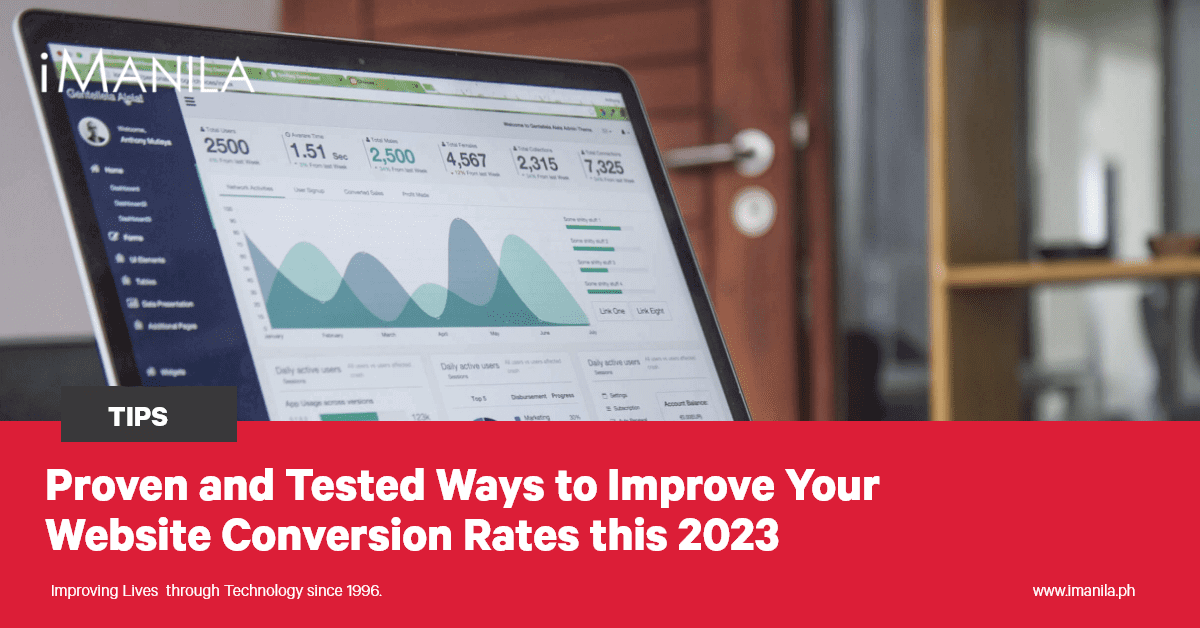Stay Safe Online: Steps to Ensure Your Business Website’s Security
Business owners face various challenges in keeping their company secure, and one of the most pressing is website’s security. As the world continues to shift towards digital operations, businesses become more vulnerable to cyber threats. This includes data breaches, hacking, and phishing attacks among others. A single security breach can have devastating consequences such as financial loss, reputation damage, and legal issues.
Hence, it’s important for businesses to take cybersecurity seriously and implement proactive measures to protect their company and customers’ information. But, what exactly are these preemptive actions? Let’s take a look!
Keep your software up-to-date
To ensure your website’s security, it is crucial to keep up with the latest updates of your software. This step is relatively easy if you are using a website builder that takes care of updates and security concerns. However, if you are using a Content Management System (CMS) platform such as WordPress, it is essential to keep track of updates and promptly apply it. This includes upgrading your core software and any installed plugins. Failure to do so can result in your website becoming obsolete and vulnerable to viruses, bugs, and malicious code from hackers.
Implement strong passwords
Use complex and unique passwords for all user accounts, including administrators, editors, and contributors. Avoid using common or easily guessable passwords, and consider using a password manager to securely store and manage your passwords. Tip: to enhance your website’s security, it is advisable to generate a password comprising a minimum of 10 characters. Make sure it includes a combination of uppercase and lowercase letters, numbers, and special characters.
Use SSL encryption
Secure Sockets Layer (SSL) encryption helps protect the data transmitted between your website and visitors by encrypting it. Obtain an SSL certificate and configure your website to use HTTPS, ensuring a secure connection and building trust with your users.
Upgrade to Dedicated web hosting
Dedicated web hosting ensures website security by providing a dedicated server exclusively for your website. This eliminates the risk of security vulnerabilities from other websites sharing the same server. Also, with dedicated hosting, you have full control over security settings, user permissions, and customization options. To top it off, dedicated hosting providers offer advanced security features like firewalls and intrusion detection systems for enhanced protection against threats.
Regularly backup your website
Perform regular website backups for your files and databases. This way, if your website experiences a security breach or data loss, you can restore it to a previous working state. Store backups in a secure location separate from your website’s server.
Educate yourself and your team
Stay informed about the latest security best practices, threats, and vulnerabilities. Educate yourself and your team about potential risks, such as phishing attacks or social engineering, and establish protocols for handling sensitive information and access to the website
Remember, in the realm of cybersecurity, it’s not a matter of “if”, but “when”, a potential threat may arise. It is imperative to proactively invest in securing your business’ digital infrastructure. Let iManila help you with this!
With 27 years of experience in the industry and an IT company at its core, iManila, having been one of the first Internet Service Providers in the Philippines, is committed to providing our clients with innovative information technology, web, and digital solutions.
iManila is a full-service business web development company in the Philippines ready to help you with WordPress website creation or building an ecommerce website for your business. From web design and development and website update and maintenance, to web hosting, email hosting, and technical, desktop and remote support, we are your team. Aside from this, we are also a website and mobile applications development company specializing in customized web systems for businesses in different industries and a top digital marketing agency that provides a wide range of digital marketing services. Talk to us!








